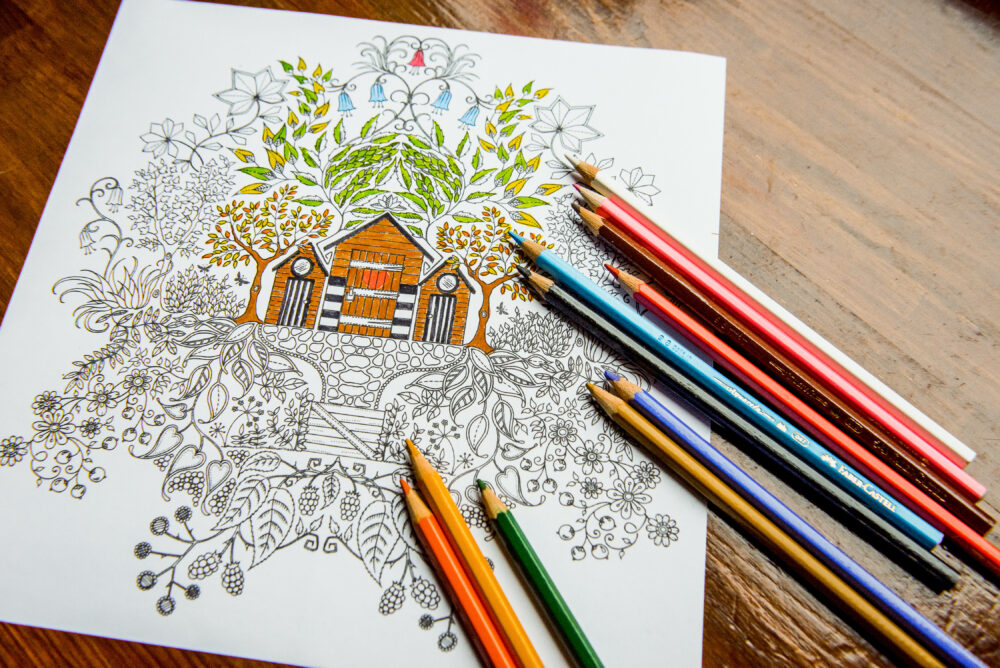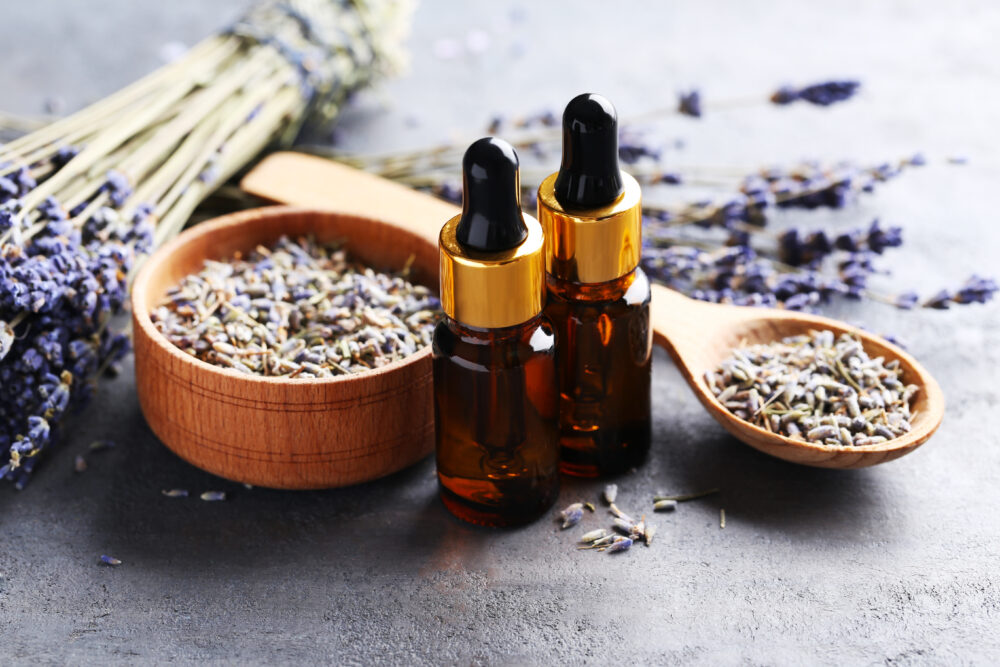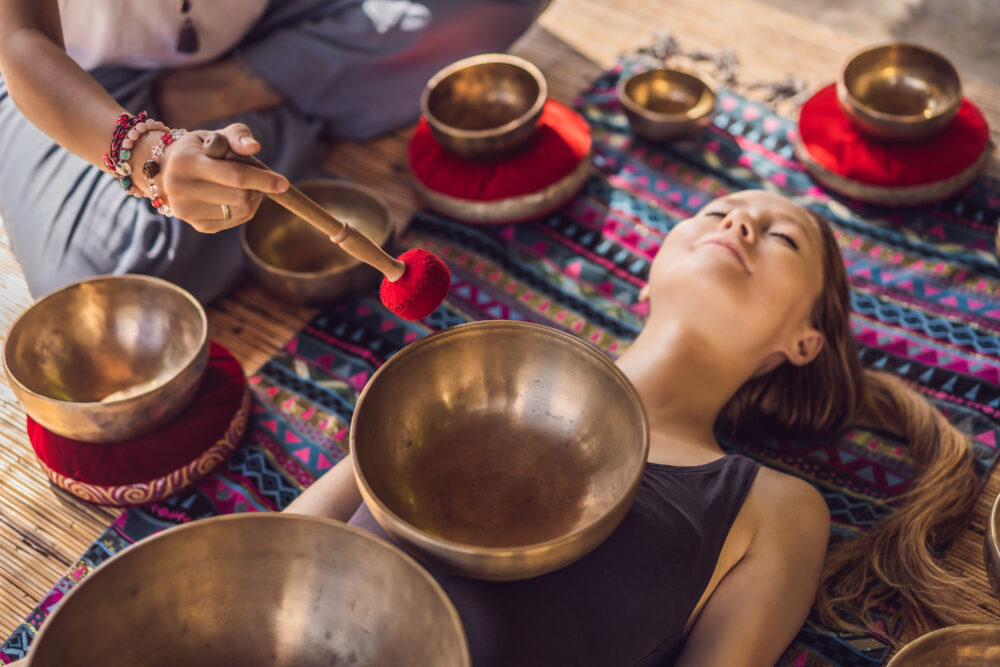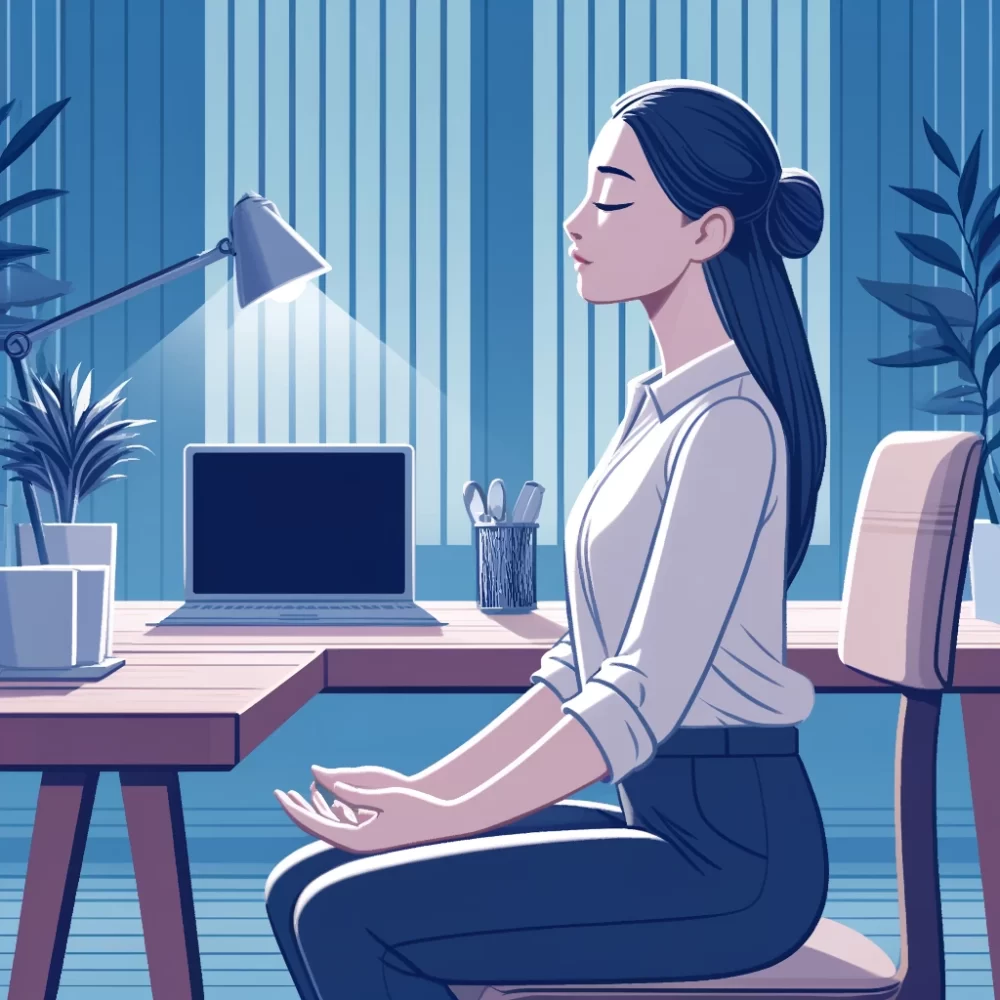Stress is an inevitable part of life, but managing it effectively is crucial for maintaining overall well-being and productivity. While traditional stress management techniques such as exercise, meditation, and deep breathing can be highly effective, there are also some lesser-known methods that can help alleviate stress and promote relaxation. In this article, we’ll explore twelve unusual but effective stress management techniques that you can incorporate into your daily routine.
1. Laughter Yoga

Laughter yoga combines laughter exercises with deep breathing techniques to promote physical and emotional well-being. Participants engage in playful laughter exercises, even in the absence of humor or jokes, which can help reduce stress levels, boost mood, and increase oxygen flow to the brain. Attending a laughter yoga class or practicing laughter exercises at home can provide an uplifting and rejuvenating experience, leaving you feeling more relaxed and energized.
2. Forest Bathing

Forest bathing, also known as Shinrin-yoku in Japan, involves immersing yourself in nature and mindfully experiencing the sights, sounds, and smells of the forest. Spending time in natural environments has been shown to lower cortisol levels, reduce blood pressure, and improve mood. Simply take a leisurely walk in the woods, focusing on your senses and the natural beauty surrounding you. Allow yourself to let go of stress and connect with the healing power of nature.
3. Binaural Beats

Binaural beats are auditory illusions created by playing two slightly different frequencies in each ear, resulting in a perceived third frequency. These beats have been shown to induce states of relaxation, reduce anxiety, and enhance meditation. You can listen to binaural beats using headphones while engaging in relaxation techniques such as meditation, deep breathing, or progressive muscle relaxation. Experiment with different frequencies and find the ones that work best for you in alleviating stress.
4. Coloring Books for Adults

Coloring books for adults have gained popularity as a creative and meditative way to relieve stress and unwind. Engaging in the repetitive and soothing activity of coloring can help calm the mind, reduce anxiety, and promote mindfulness. Choose a coloring book with intricate designs or patterns and spend some time coloring each day as a form of self-expression and relaxation. Allow yourself to focus on the present moment and enjoy the therapeutic benefits of coloring.
5. Sensory Deprivation Tanks

Sensory deprivation tanks, also known as floatation tanks, are enclosed chambers filled with warm water and Epsom salt, creating a buoyant environment that allows you to float effortlessly. The tanks are designed to minimize external sensory input, providing a unique opportunity to experience deep relaxation and sensory isolation. Floating in a sensory deprivation tank can help reduce muscle tension, alleviate stress, and promote mental clarity and introspection. Many people find it to be a profoundly calming and rejuvenating experience.
6. Humming

Humming is a simple yet effective stress management technique that involves producing a continuous sound by exhaling through closed lips. Humming activates the vagus nerve, which stimulates the relaxation response in the body, leading to decreased heart rate and blood pressure. You can practice humming anytime, anywhere, whether you’re sitting at your desk, stuck in traffic, or preparing for sleep. Experiment with different pitches and rhythms to find the humming pattern that feels most soothing and calming to you.
7. Grounding Techniques

Grounding techniques involve connecting with the earth’s energy to promote a sense of stability and calmness. One common grounding practice is to walk barefoot on natural surfaces such as grass, sand, or soil, allowing your feet to make direct contact with the earth. You can also practice visualizing roots extending from your body into the ground, anchoring you to the earth’s supportive energy. Grounding techniques can help reduce feelings of anxiety and overwhelm, restoring a sense of balance and tranquility.
8. Aromatherapy with Essential Oils

Aromatherapy uses the therapeutic properties of essential oils to promote physical and emotional well-being. Certain essential oils, such as lavender, chamomile, and bergamot, are known for their calming and stress-relieving effects. You can diffuse these oils in your home or workplace, add them to a warm bath, or apply them topically to pulse points for relaxation. Experiment with different essential oil blends and find the ones that resonate with you the most in alleviating stress and promoting relaxation.
9. Sound Therapy with Tibetan Singing Bowls

Tibetan singing bowls produce a rich and harmonic sound when struck or rubbed with a mallet, creating vibrations that resonate throughout the body. Sound therapy with Tibetan singing bowls has been used for centuries to induce states of deep relaxation, reduce stress, and promote healing. You can incorporate singing bowl meditation into your daily routine by sitting comfortably and focusing on the sound and vibrations of the bowls as they resonate. Allow the soothing tones of the singing bowls to wash over you, releasing tension and restoring a sense of calmness and balance.
10. Progressive Muscle Relaxation

Progressive muscle relaxation is a relaxation technique that involves tensing and then releasing different muscle groups in the body, systematically working from head to toe. This practice helps alleviate physical tension and promote relaxation by increasing body awareness and reducing muscle tension. To practice progressive muscle relaxation, find a quiet and comfortable space to lie down or sit in a relaxed position. Start by tensing the muscles in one area of your body, such as your fists or shoulders, for a few seconds, then release and relax the muscles completely. Continue this process, moving through each muscle group in your body, until you feel deeply relaxed and tension-free.
11. Journaling with Prompts

Journaling can be a powerful tool for managing stress and processing emotions. Consider using journaling prompts to guide your writing and explore your thoughts, feelings, and experiences more deeply. Some example prompts for stress management include “What are my current stressors, and how can I address them?” and “What activities or practices help me feel calm and centered?” Set aside time each day to journal, allowing yourself to express yourself freely and without judgment. Reflecting on your thoughts and experiences through writing can provide clarity and insight, helping you navigate challenging situations with greater ease and resilience.
12. Playful Movement

Engaging in playful movement activities can be an effective way to reduce stress and promote relaxation. Whether it’s dancing, jumping on a trampoline, or playing a game of tag, playful movement allows you to release tension, express yourself creatively, and connect with your inner child. Incorporate playful movement into your daily routine as a fun and enjoyable way to relieve stress and boost your mood. Invite friends or family members to join you in playful activities, fostering a sense of connection and camaraderie.
Managing Stress Effectively

In conclusion, managing stress effectively is essential for maintaining overall health and well-being, and incorporating these twelve unusual but effective techniques into your daily routine can help you achieve greater relaxation, resilience, and inner peace. Experiment with different methods and find the ones that resonate with you the most, incorporating them into your self-care routine to support your mental, emotional, and physical health. By prioritizing stress management, you can cultivate a greater sense of balance, vitality, and joy in your life.
Read the full article here
















